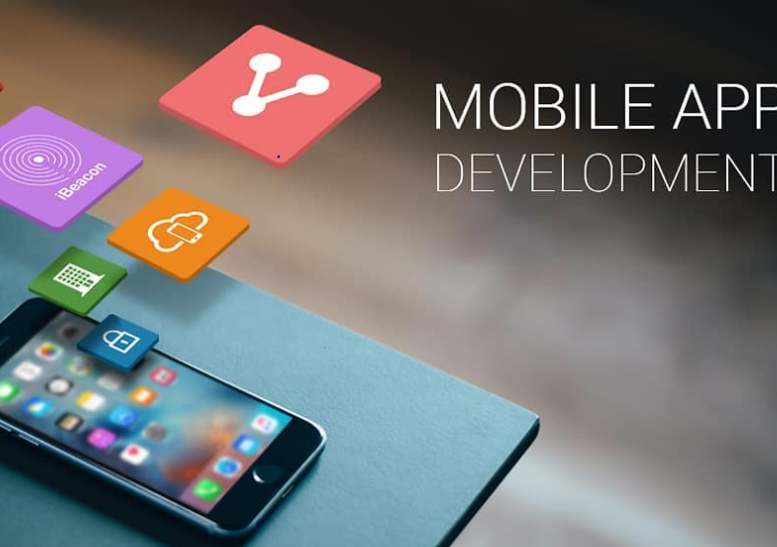Tech Desk, Delhi Magazine: The workflow for mobile application development involves a series of steps that take the application from concept to deployment. Below is a general workflow that encompasses the key stages of mobile app development:
- Idea and Conceptualization:
- Identify the Purpose: Clearly define the purpose and goals of your mobile app. Understand what problem it solves or what value it provides to users.
- Market Research: Analyze the target audience, competitors, and market trends to ensure there is demand for your app.
- Planning:
- Define Features and Functionality: Create a detailed list of features and functionalities your app will include. Prioritize them based on importance and feasibility.
- Technology Stack: Choose the development platform (iOS, Android, or cross-platform) and the technology stack (programming languages, frameworks, databases, etc.).
- Design:
- User Experience (UX) Design: Create wireframes and prototypes to outline the user flow and interface design. Focus on providing a user-friendly experience.
- User Interface (UI) Design: Develop the visual elements of the app, including colors, fonts, and overall aesthetics.
- Development:
- Frontend Development: Implement the user interface and application logic. Use the chosen programming languages and frameworks.
- Backend Development: Develop the server-side logic, database integration, and any server components required for your app.
- Integration: Connect the frontend and backend components, ensuring seamless communication.
- Testing:
- Unit Testing: Test individual components to ensure they work as intended.
- Integration Testing: Verify that different parts of the application work together smoothly.
- User Acceptance Testing (UAT): Conduct testing with real users to gather feedback and identify any usability issues.
- Performance Testing: Assess the app’s performance, including speed, responsiveness, and resource usage.
- Debugging and Optimization:
- Identify and Fix Issues: Address any bugs or issues discovered during testing.
- Optimization: Fine-tune the code and optimize resource usage to improve overall performance.
- Deployment:
- App Store Submission: Prepare and submit your app to the respective app stores (Apple App Store, Google Play Store, etc.).
- App Store Guidelines: Ensure your app complies with the guidelines and requirements of the app store(s).
- Post-Launch Activities:
- Monitor and Analyze: Track user behavior, gather feedback, and monitor app performance using analytics tools.
- Updates and Maintenance: Release updates to fix bugs, add new features, and address user feedback.
- Marketing and Promotion:
- Create a Marketing Plan: Develop a strategy for promoting your app, including online marketing, social media, and other channels.
- App Store Optimization (ASO): Optimize your app’s listing on app stores to improve visibility.
- User Support:
- Provide Customer Support: Establish channels for user support and respond promptly to user inquiries or issues.
- Gather User Feedback: Continue to collect feedback and use it to inform future updates and improvements.
- Security:
- Regular Security Audits: Conduct regular security audits to identify and address potential vulnerabilities.
- Data Protection: Implement secure coding practices and ensure user data is handled with care.
- Scaling and Future Development:
- Scale Infrastructure: If the user base grows, scale your infrastructure to handle increased demand.
- Future Features: Plan and develop new features based on user feedback and evolving market needs.
This mobile application development workflow provides a structured approach to building, testing, and launching your app. Keep in mind that flexibility is important, and iterations may be necessary based on user feedback and changing requirements.
You would also like to read: Software project management and its activities.

